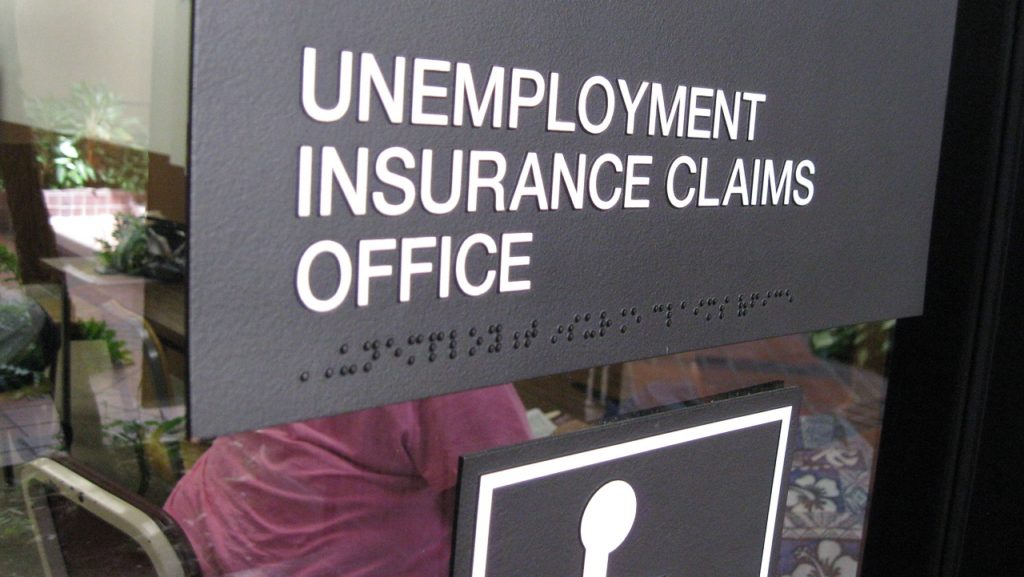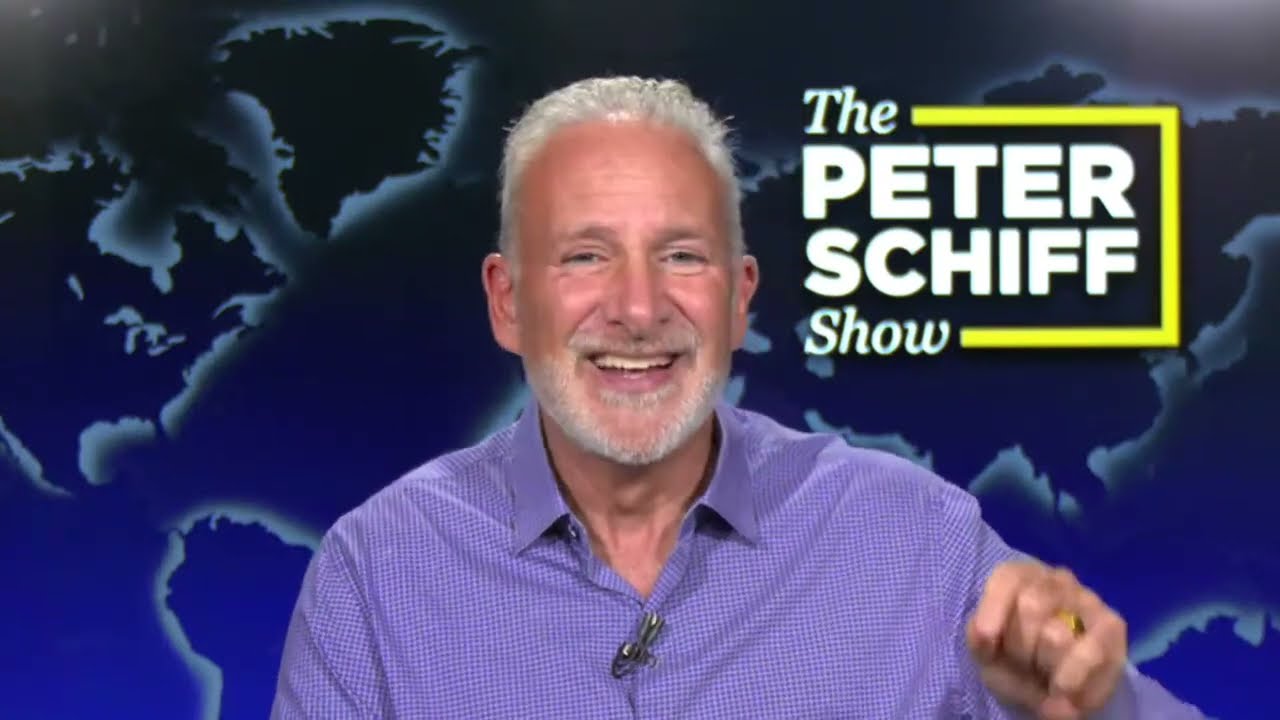Peter Schiff: This Was Not a Strong Jobs Report
The Labor Department released its February jobs numbers on Friday. The numbers were better than expected and the official unemployment rate ticked down. The mainstream spun it as more good news and another sign that the economy is on the upswing. But in his podcast, Peter Schiff broke down the numbers and came to a completely different conclusion – this was not a strong jobs report.
The consensus expectation was for a gain of 175,000 jobs. The actual numbers beat expectations, coming in at 379,000 jobs. The Labor Department also revised the previous month up from 49,000 jobs to 166,000.
The unemployment rate ticked down from 6.3% to 6.2%. But even Jerome Powell admits that number is likely deceiving. He thinks the real unemployment rate remains north of 10% given how the numbers are counted.
Unsurprisingly, the biggest job gains were in the service sector as states ease coronavirus restrictions. A whopping 355,000 of those “new” jobs were in the hospitality sector. The economy only generated 21,000 manufacturing jobs. Taken with the prior month’s manufacturing losses, the net gain was only 7,000. And the economy lost jobs in construction, education and mining.
Peter has been talking about the massive trade deficits. He says this lagging recovery in the manufacturing sector is telling.
That’s why we have to import so many manufactured goods because Americans are simply not working to produce those goods. Instead, we’re waiting tables and tending bar.”
Peter said he wonders why the markets are getting so excited about waiters and bartenders going back to work. It’s not like this is a surprising development as economies open back up and states relax their COVID restrictions.
Why is this a shocker? I mean, this is not job creation. These are the jobs that were on hold. The jobs were there. It’s just that the people weren’t going to work because of the shutdown. So sure, they’re going to return to work. That’s expected.”
But what about all of the people in the restaurant industry that are never going back to work? Thousands of restaurants and bars have shut down permanently. According to a study by Brookings released last September, more than 420,000 small businesses had closed their doors permanently since the beginning of the pandemic. That was 7.1% of all small businesses.
These people are not going back to work because they don’t have any work to go back to. That’s what people haven’t seemed to grasp – that reality.”
Peter said another thing people are overlooking is the fact that the restaurants that remain in business now face a higher level of risk and uncertainty. We now know that governments can shut them down at the drop of a dime.
So, if you’re operating one of these ‘non-essential’ businesses, look out! You better have a pretty big war chest of money, unless you’re just going to hope for another PPP program to bail you out. But the risks of operating a restaurant or a bar have gone up considerably since we’ve adopted this new protocol.”
Opening a restaurant was already a risky venture. Most restaurant startups fail.
Well, the US government now set the protocol for a much greater risk. Everybody now has to run the risk of having to shut down their restaurant because of a disease. And so a lot of people are going to think twice before getting back into this industry. And a lot of the restaurants that closed, the people lost so much money on the bar — they’re done. They’re not going back to these restaurants.”
The ones that do reopen will face higher costs, higher insurance, more regulation and they may well get hit with a federal minimum wage hike. On top of all that, food prices are rising. As the cost of eating out goes up, fewer people will be able to afford to eat out.
The whole industry is going to be contracting, and that means a lot of the jobs are not coming back. So, what are these ex-waiters and waitresses and bartenders going to do? Well, the problem is there are not going to be a lot of alternatives because the economy is so screwed up, the regulations are so onerous, the Fed has got this gigantic bubble, we are not going to have the jobs to replace the lost jobs. If we had a real vibrant, free-market economy, sure, people who lose jobs in one industry could find jobs in another. But that’s not going to happen. Especially when the government is making it even harder by incentivizing people who lost their jobs not to go back to work because they’re going to make them a better deal not working with extended unemployment benefits, and all sorts of other goodies and stimulus checks that are likely to keep on going throughout the entire Biden term. So, why would any of these people go back to work?
Peter said despite how everybody is spinning it, this is not a strong labor report.
It is not strength that the people who were ordered not to go to work have been allowed to come back.”
In fact, last week, another 745,000 Americans filed first-time jobless claims. That was up from the 735,000 claims the previous week. We’re still getting weekly first-time unemployment claims numbers bigger than the worst week of the great recession. In other words, the economy is still hemorrhaging jobs.
This is not a story about economic recovery. This is a story about how many people can lose their jobs yet keep spending anyway. A lot of people who have lost their jobs are spending more money unemployed than they were spending when they were employed. And that is because of all the money that’s coming from the government.
In fact, consumer credit dropped in January. Why?
Because consumers had so much government cash in January, they didn’t need to use their credit cards. They had money. Or maybe some of them actually paid back some of their debt using their stimulus money. But it is the government stimulus that is driving the GDP. It’s the government stimulus that is driving the trade deficits. It’s all about government. This is not a real recovery. This is a bubble masquerading as a recovery.”
Peter went on in this podcast to talk about how the Fed has gotten itself between a rock and a hard place with inflation.





 Peter’s back in Puerto Rico this week for his podcast after another week of record gold prices. In this episode, he discusses media coverage of inflation, this week’s CPI report, and Bitcoin’s weakening price relative to gold.
Peter’s back in Puerto Rico this week for his podcast after another week of record gold prices. In this episode, he discusses media coverage of inflation, this week’s CPI report, and Bitcoin’s weakening price relative to gold. This week Peter recaps another stellar week for precious metal. He also discusses Friday’s jobs report, commodity prices, and Bitcoin.
This week Peter recaps another stellar week for precious metal. He also discusses Friday’s jobs report, commodity prices, and Bitcoin. This week Peter returned from vacation, and he was just in time for a surge in the price of gold. He discusses the factors contributing to gold’s record prices, the similarities between today and the 1970s, and data pointing to future inflation in America.
This week Peter returned from vacation, and he was just in time for a surge in the price of gold. He discusses the factors contributing to gold’s record prices, the similarities between today and the 1970s, and data pointing to future inflation in America. This time Peter tackles Jerome Powell’s speech from Wednesday, in which he announced that the Fed is holding the federal funds rate between 5.25 and 5.5%. He also briefly discusses Bitcoin’s pullback and the media’s lies about Donald Trump.
This time Peter tackles Jerome Powell’s speech from Wednesday, in which he announced that the Fed is holding the federal funds rate between 5.25 and 5.5%. He also briefly discusses Bitcoin’s pullback and the media’s lies about Donald Trump.  In this episode, Peter reacts to a hotter-than-expected CPI report, big trades in Bitcoin, and the federal bill that would ban the popular social media app TikTok. He also notes silver’s historically low price, which is nearly 50% of its 2011 high.
In this episode, Peter reacts to a hotter-than-expected CPI report, big trades in Bitcoin, and the federal bill that would ban the popular social media app TikTok. He also notes silver’s historically low price, which is nearly 50% of its 2011 high.